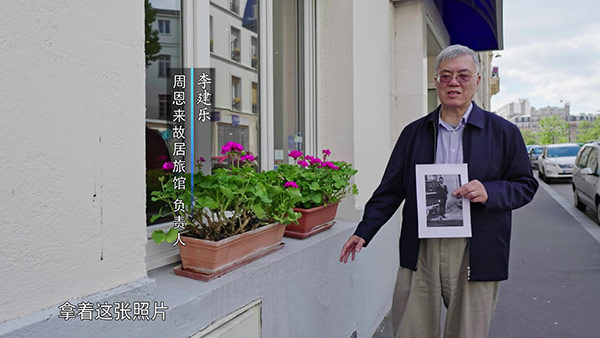

Many others contributed to the development of different sectors in China.
Zhu Xi (1900-62) went to France in 1920, working as lathe operator, garage man and porter while studying biology at Universite de Montpellier. He later became a pioneer in his field in China.
Zheng Dazhang (1904-41), also a participant in the work-study program in France, joined Universite de Paris in 1922 and, eight years later, became the first Chinese student of Nobel laureate Marie Curie. After he returned to his homeland in 1935, as a radiochemist, he was instrumental in setting up a radium institute in Beijing, which helped to lay the foundation of the country's research on radioactive substances and nuclear weapons.
Lin Fengmian (1900-91), who once studied European painting at the Dijon Art College and Ecole des Beaux-Arts in Paris, contributed to the development of modern Chinese painting in the early 20th century. He sought to blend Eastern and Western art, using his canvas as a bridge between Chinese and foreign cultures.
Ahead of the 100th anniversary of the CPC, a four-episode documentary that chronicles how the work-study program led Chinese students to study advanced science and technology in France was aired in March as a tribute to the founding members of the Party and their contributions to the country.
The documentary, Les Annees en France, introduces the context of the movement and examines the factors that motivated many Chinese to research labor movements in Western countries and the ideas of Marxism.
"Basically, most of them went to France with the aim as learning science and technology that would help to change their lives, however, many of them later changed their minds and turned into revolutionaries who hoped to save their home country," says Tao Tao, director of the documentary and a professor at the Central Academy of Drama in Beijing.